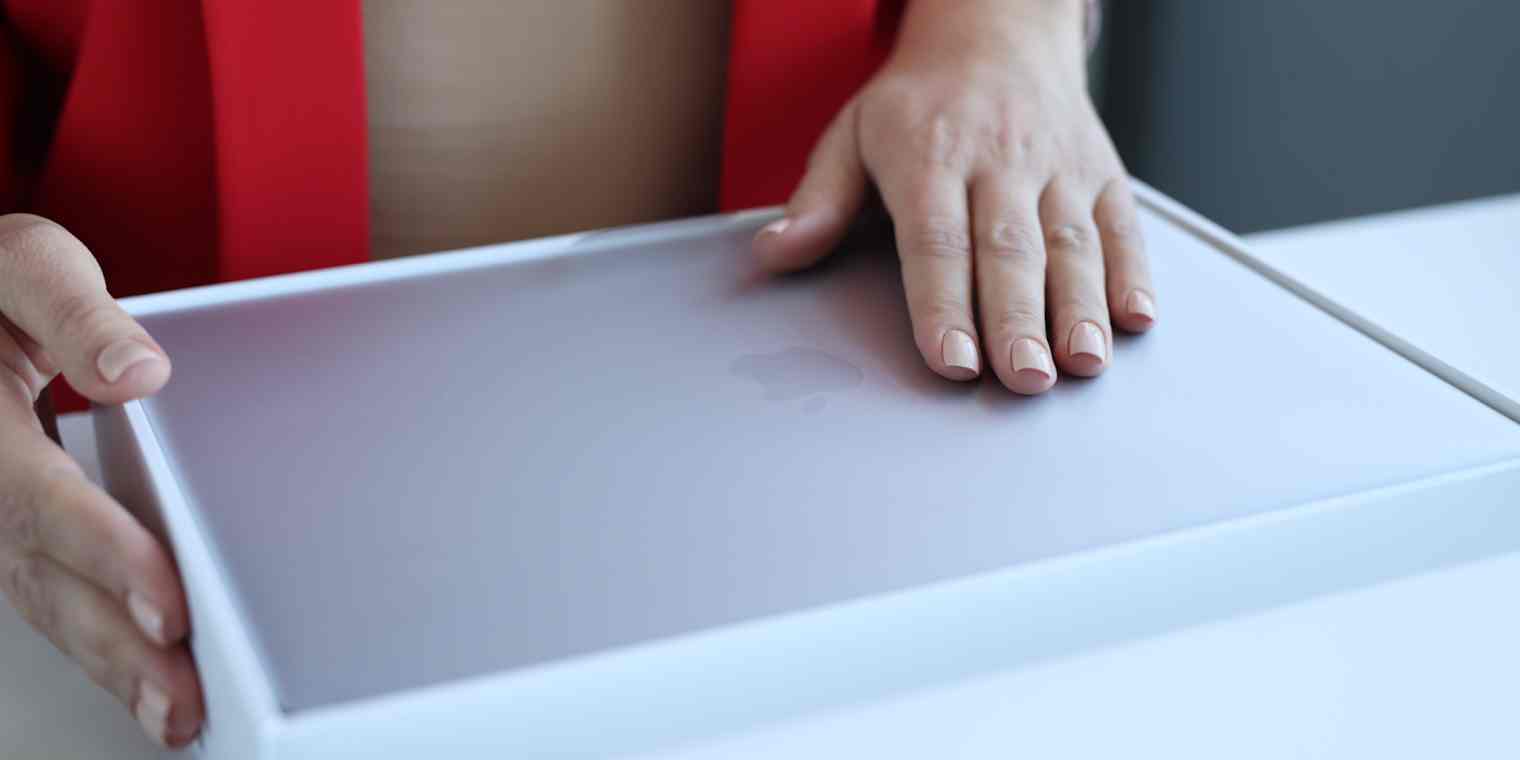App tips
7 min readHow to clean up your Mac (on the inside)
Tips for cleaning up space on your Mac—including a recommendation for the Mac cleaner I use every week.
By Michelle Martin · April 7, 2022

Get productivity tips delivered straight to your inbox
We’ll email you 1-3 times per week—and never share your information.
Related articles
Improve your productivity automatically. Use Zapier to get your apps working together.







